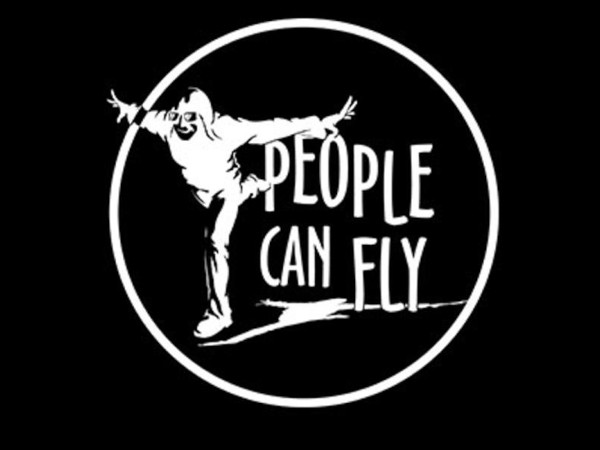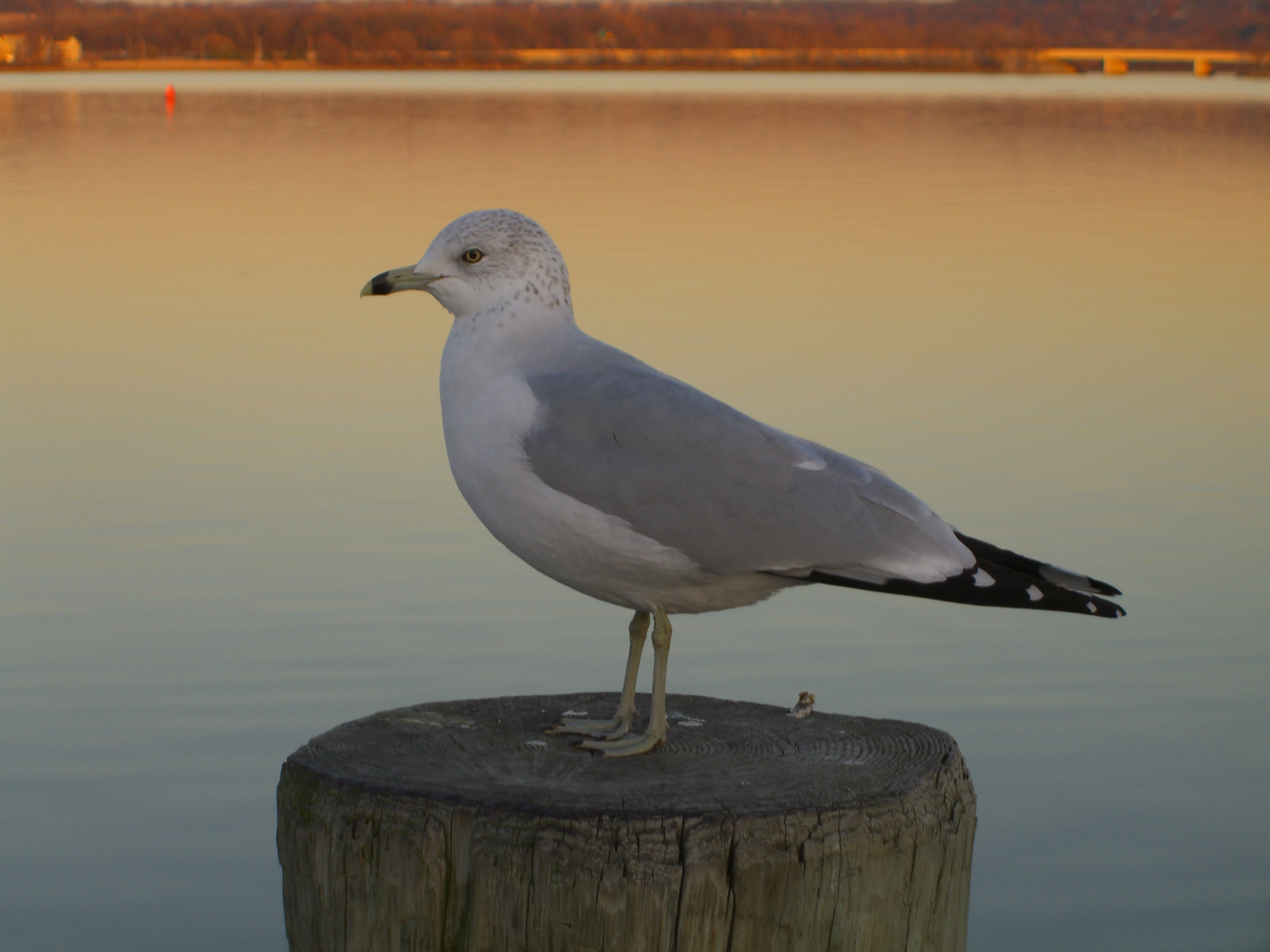Seagulls don’t have the best reputation; Researchers have placed these small-brained waterfowl, along with pigeons, among animals of relatively low “cognitive complexity” throughout history, however, new research suggests that some seagulls may be more intelligent than previously thought.
The solution to the test is a sign that the problem is solved
new throat gullLarus Delawarensis) was the first to find evidence that these waterfowl are capable of solving the same puzzles as the intelligence of birds, parrots and crows.
Among these four different breeding colonies of wild seagulls in Newfoundland, Canada, the researchers found a number of individuals who were able to solve the so-called “string pull test.”
This experiment is one of the most widely studied puzzle tasks among animals. But what is this? If during testing a mammal or bird discovers how to pull the rope to get the food it deserves, some researchers see it as a sign of problem solving.
At least 90 bird species have been tested for stringing, including most sparrows and parrots; Waterfowl have been largely ignored by scientists.a Royal Society of Open Science The authors of a new study published in a scientific journal found only a few previous papers that ever tested waterfowl identification skills. They did all this despite the fact that waders, seagulls and algae adapt very well to the new environment. There are some that use different tools for prey, perhaps relying on bait to catch fish.
They were subjected to what is called a “horizontal” tensile test.
To fill an apparent gap in scientific knowledge to date, the researchers have now decided to subject the ring-beaked gulls to a so-called “horizontal” tensile test.
In this experiment, a rope on the floor is attached to a petri dish containing a piece of sausage and enclosed in a clear plastic box.
Since there is a narrow gap at the entrance to this box, the birds have to tighten the string so that they can get the sausage out.
However, the seagulls first had to get used to the presence of the chest. To do this, the experts enclosed several nests of wild seagulls that they had identified and placed an empty box next to them. The box itself was empty, but a sausage was also placed outside of it near the open slot. After doing this four times, the authors placed the sausage inside the box on a string. The sausage was placed outside again, near the line, thinking the bird might be looking at the new material.
After that, I started three experiments to experience real string pull.
The researchers counted a total of 138 seagulls in 93 nests who returned to their nests to examine the box. Of these, a total of 104 individuals attempted to solve the tendon pull test in at least one trial.
Scientists recorded successful attempts on several videos.
Several birds have successfully completed the string drawing test
As the study reported, when the birds examined the box during the experiment, they typically began eating a sausage placed in the slit next to the line.
Then they either ignored the box, i.e. did not try to reach the reward food, or kept putting their beak into the hole and trying to grab the petri dish directly, gently pulling the box out. The authors noted the most experienced phenomena during the experiments ScienceAlert Online science portal.

During the experiment, there were wild gulls in the four groups who were able to successfully complete the string drawing test.
Finally, a total of 25 percent of 104 attempts proved successful when the birds managed to get the sausage out of the box,
because he ate; In addition, 21 percent of them achieved it on their first attempt. Three of the seven seagulls who repeated the experiment were able to repeat the success. By comparison, about 26 percent of regular crows are able to solve a thread-pull test automatically.
They have tried to solve the test at least once
It is the only endemic species of bird caught in the wild in Barbados Loxigilla barbadensis completed between 2016 study About 43 percent of the birds were able to successfully solve the puzzle, but only two people managed to solve the puzzle on the first attempt.

Because our study limited the number of trials to three trials per individual, we argue that the overall success rate of 21 percent and 25 percent on the first attempt is strong evidence that beaked gulls are “adept” at resolving this configuration to draw strings. The authors wrote in the just-published study. We consider our conclusions to be well established and representative of the species, as they are based on a large sample of 104 seagulls that attempted the test at least once and are distributed among 84 nests and four colonies, encompassing both urban and rural areas of diverse feeding options.
What is less clear, however, is what this ultimately means in terms of the most comprehensive scientific knowledge of seagulls. This is because the test has been criticized many times in professional circles, questioning the evidence for measuring attitudes in solving problems.

A study of New Caledonian crows, for example, found evidence that these birds only stretched the tape as food crawled closer and closer. But if the string is twisted and the food does not come close to them, then they stop. Researchers at the time argued that these birds could not imagine a plan of action for the future, but would only pull the tape because they saw the thing working.
So experts agree that more research is needed to clarify what birds are actually trying to achieve when pulling a line on this task.
It is believed that applying more complex terms helps identify different motives. These experiments do not exist only to satisfy scientific curiosity: they can provide us with important information about birds’ adaptation, learning, and inventiveness.










































